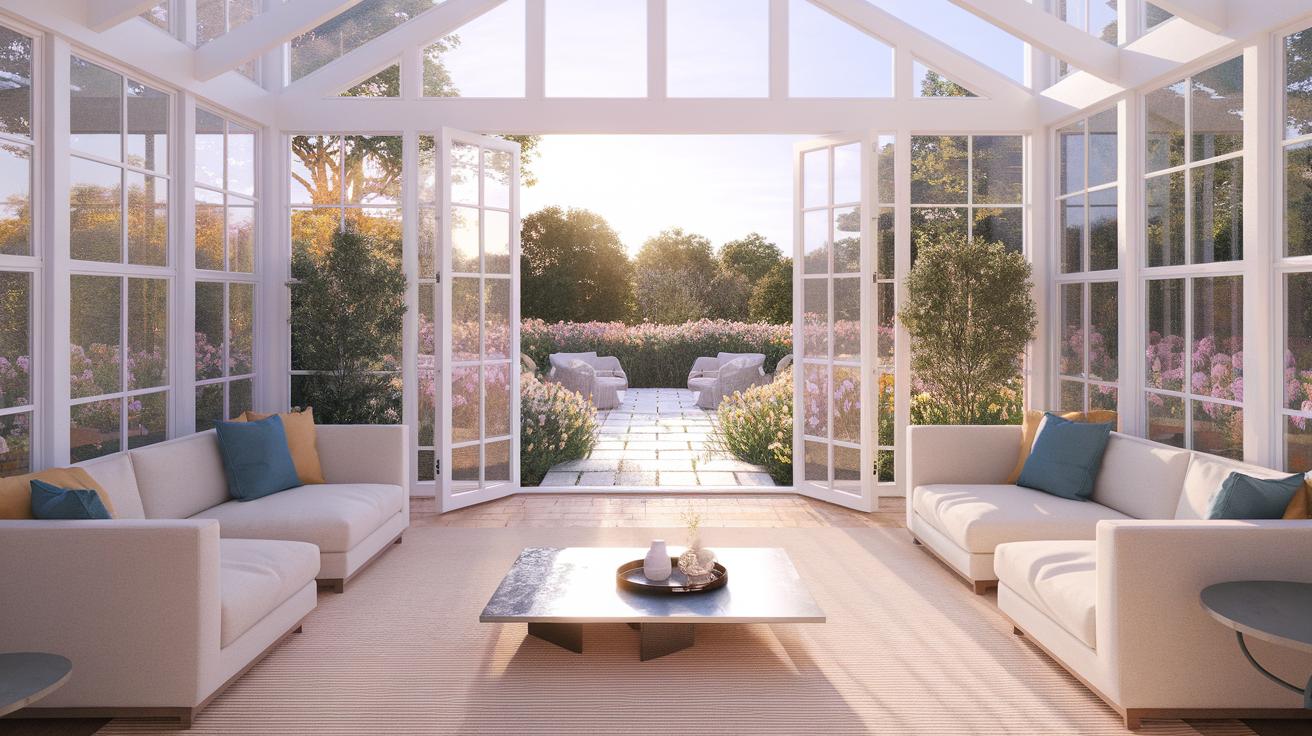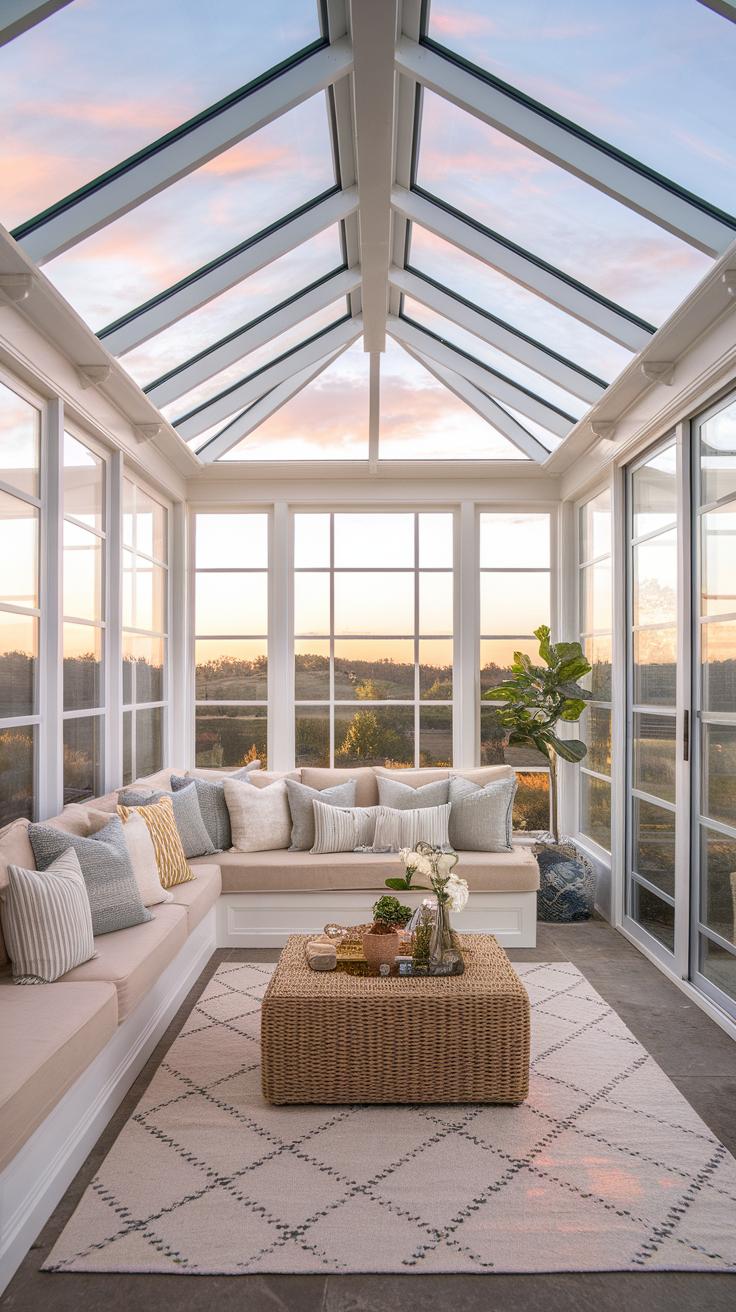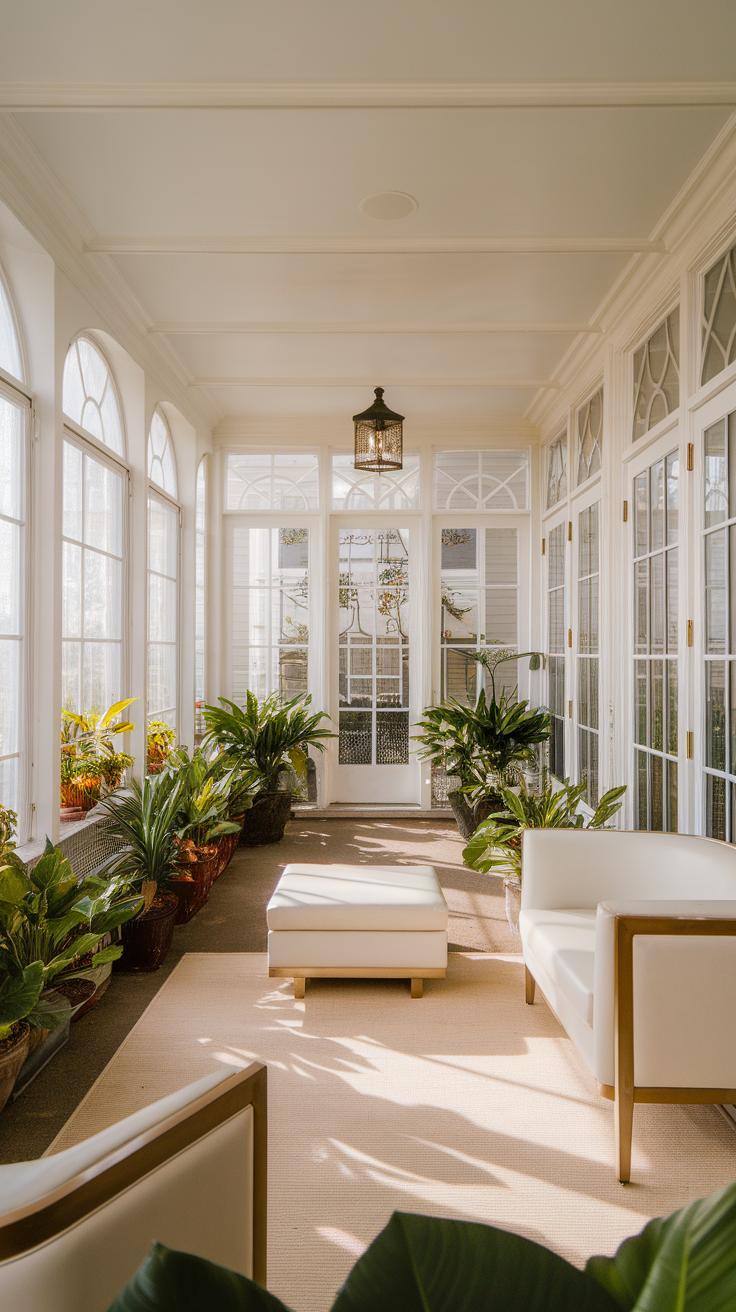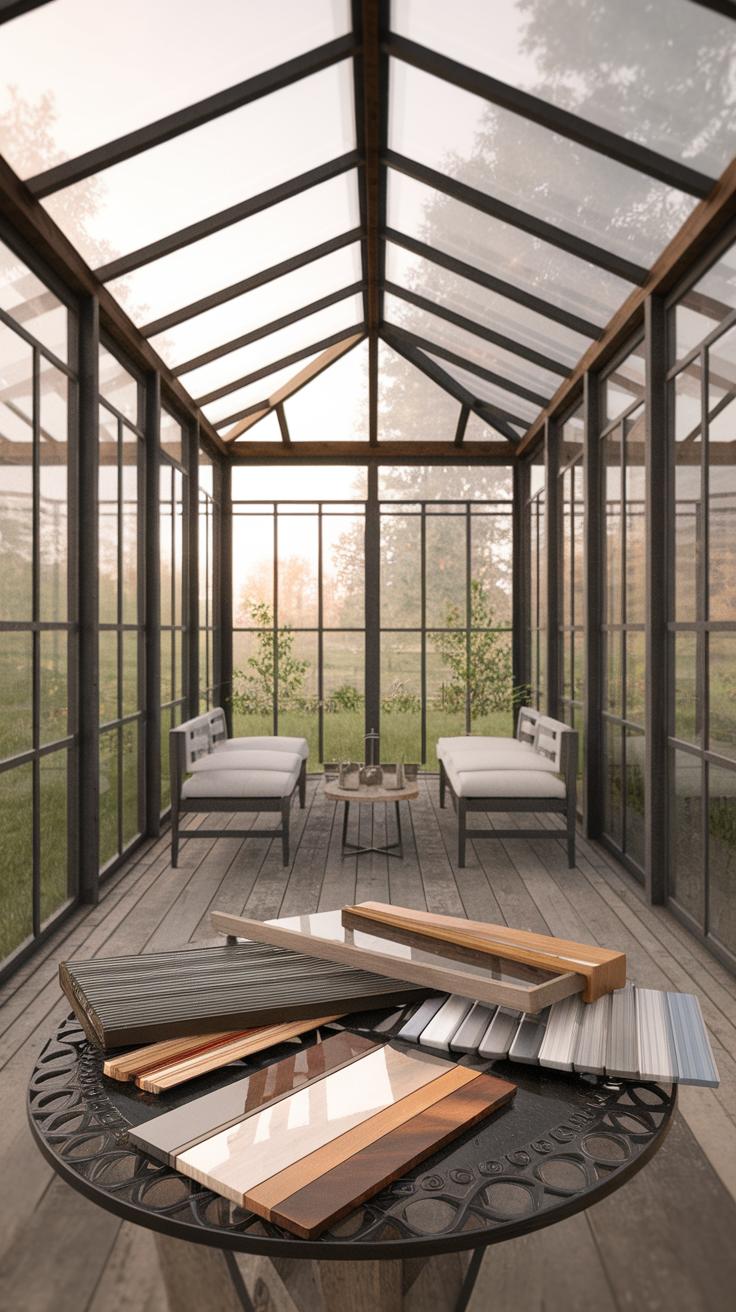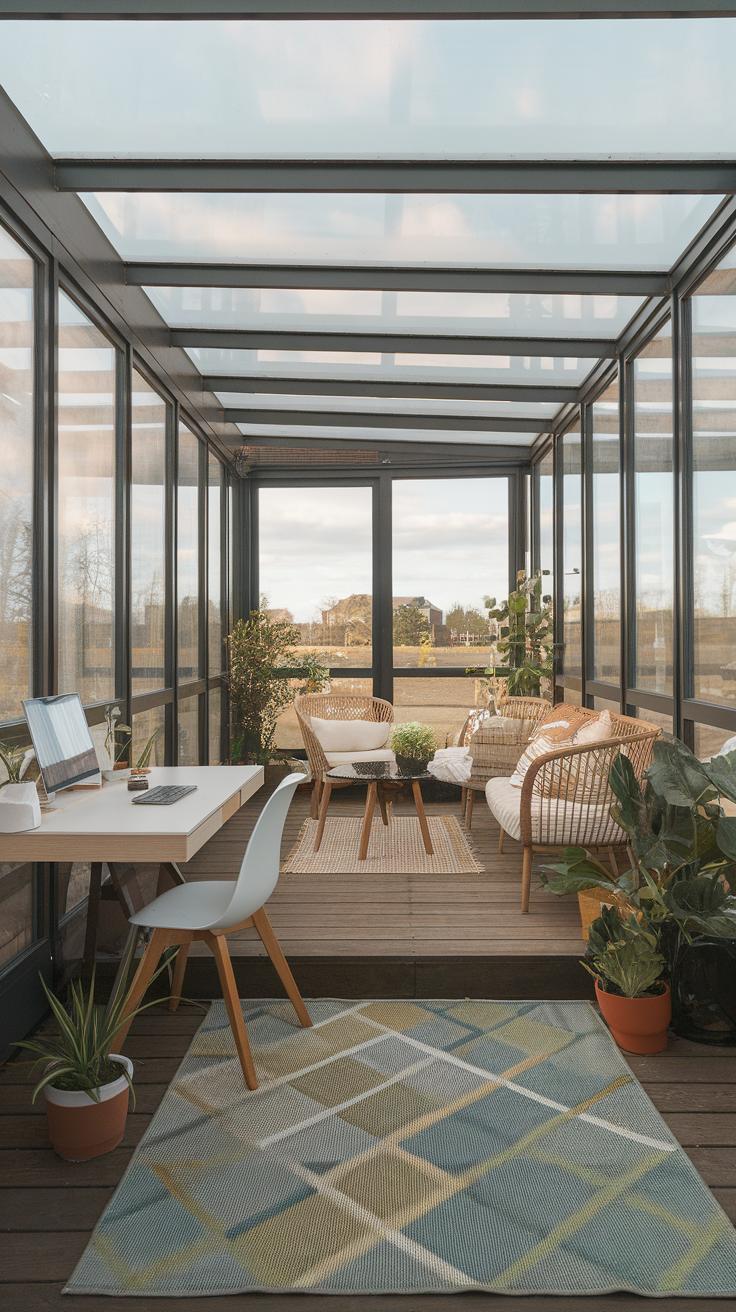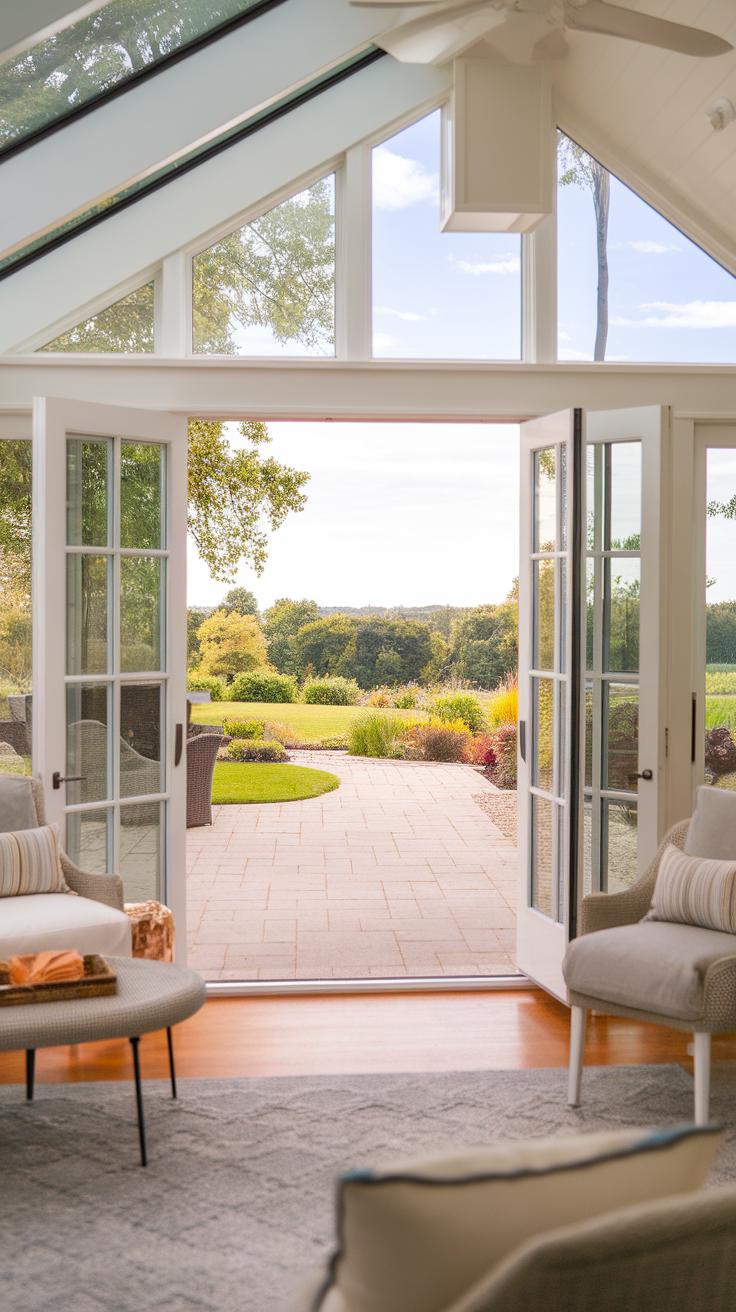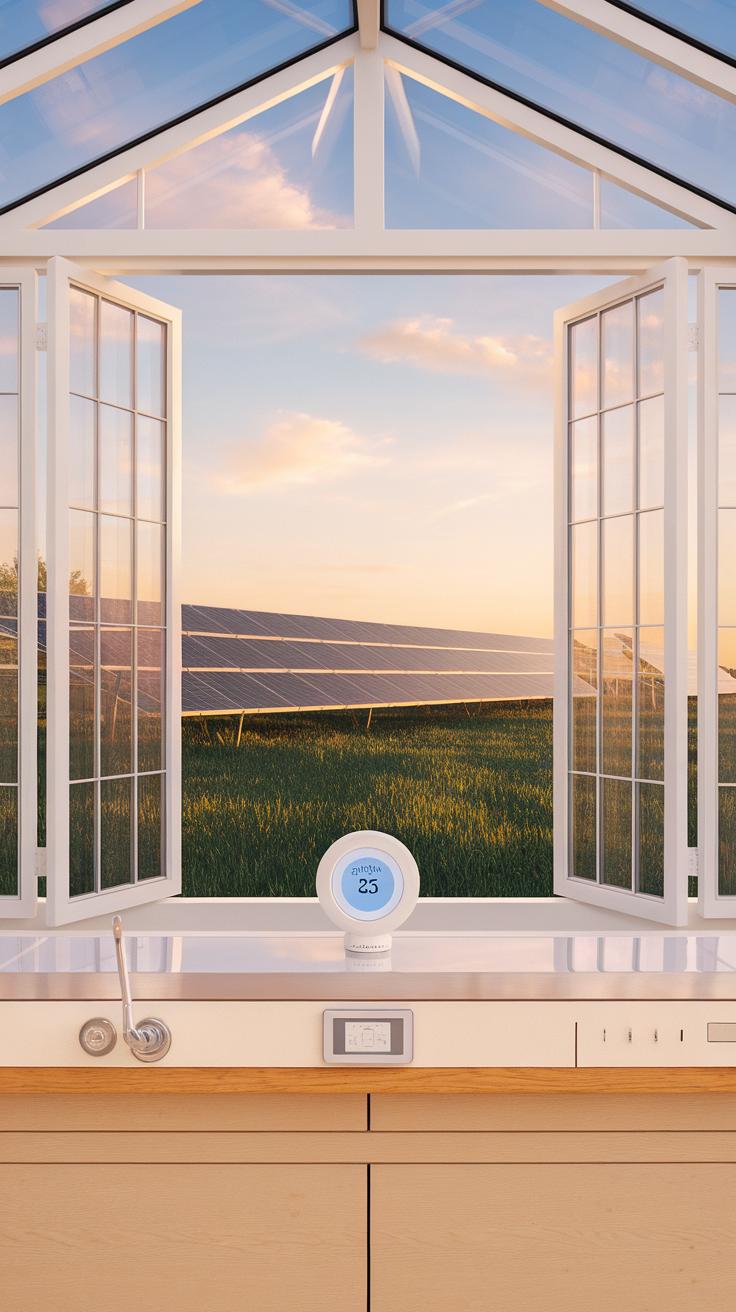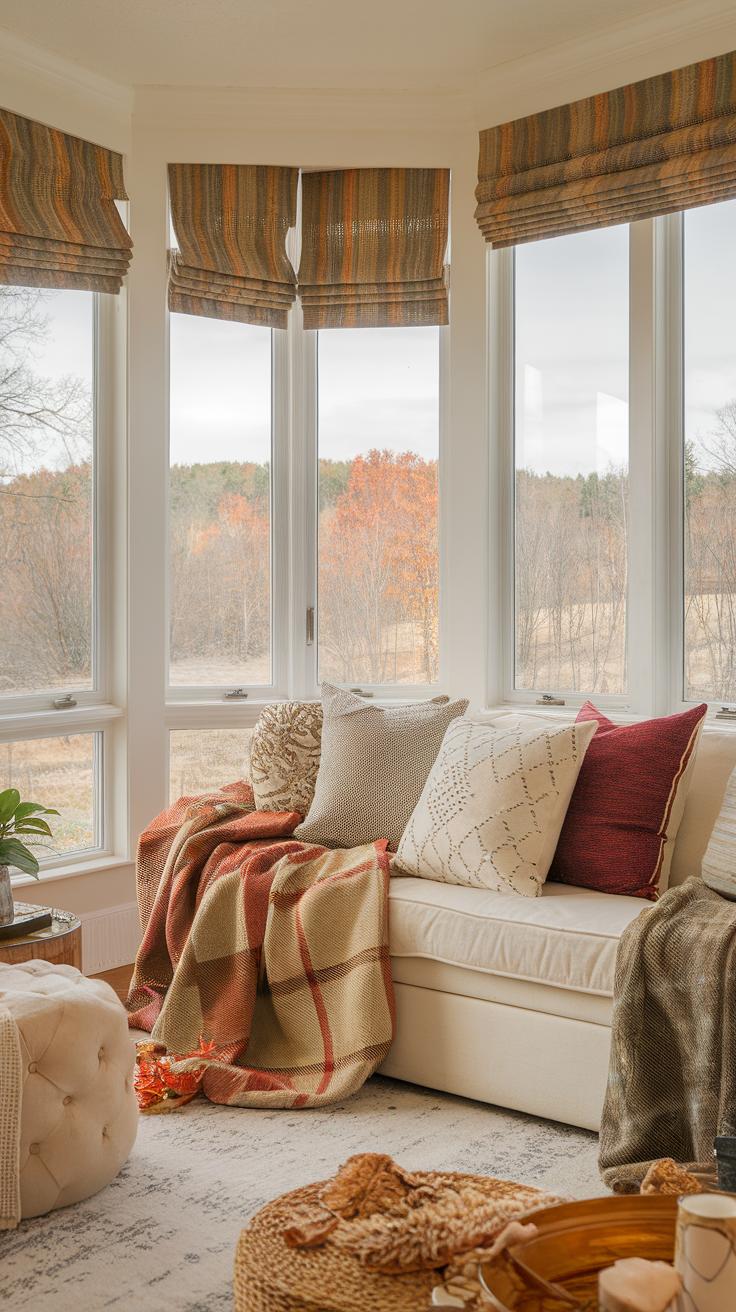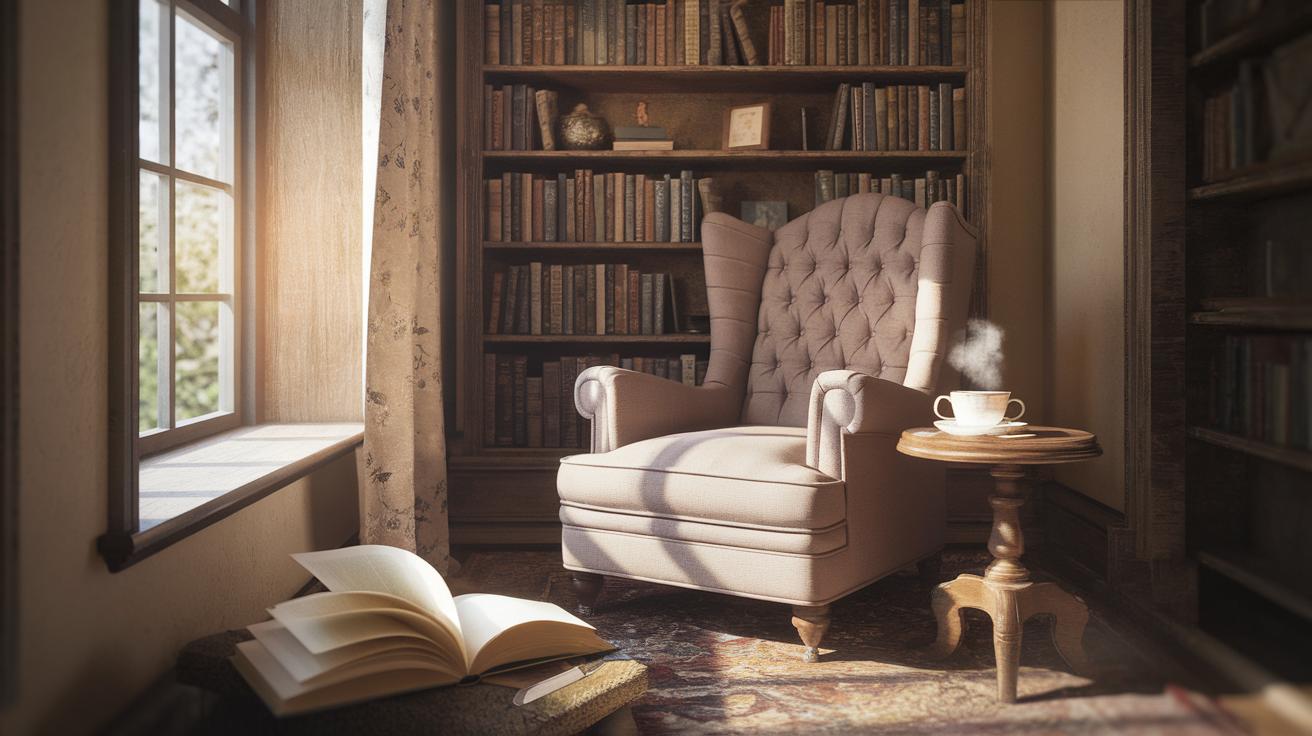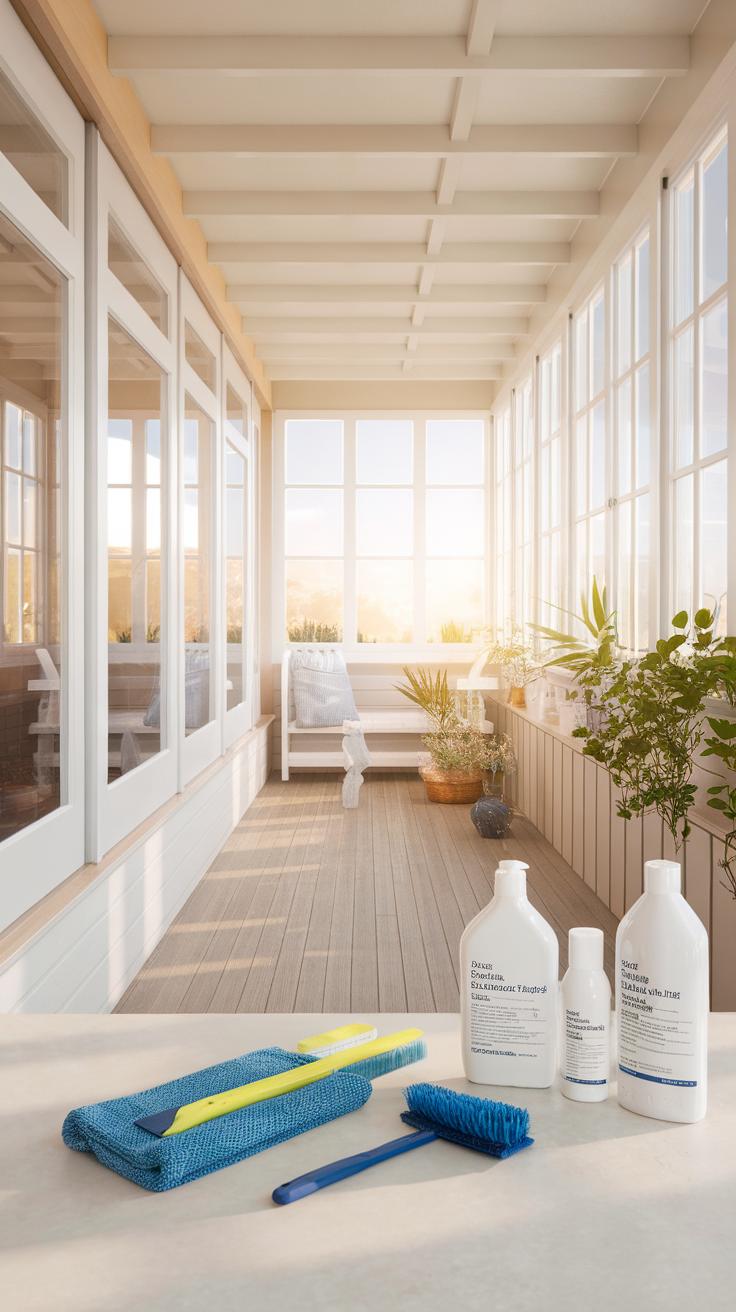Introduction
Sunroom designs offer a unique way to brighten up your home and connect with nature. These special spaces allow homeowners to enjoy an abundance of sunlight while staying sheltered from the elements. A sunroom, often called a solarium or sun porch, can become a focal point of your home, enhancing both aesthetics and functionality. Whether you seek a cozy reading nook or a vibrant garden room, the possibilities are endless.
In this article, we will dive into various creative sunroom design ideas. From layout options to furniture selection, we will explore how to transform these spaces into relaxing retreats. By integrating sunroom designs into your home, you not only increase your living space but also boost the overall value of your property. Let’s illuminate your home with an inspiring sunroom!
Understanding Sunrooms Discover Their Function and Benefits
Sunrooms serve as extensions of homes, designed to flood your living space with natural light. Constructed mainly with large windows, they act as a bridge between the indoors and outdoors. Homeowners utilize these spaces as relaxation spots, reading nooks, or even informal dining areas. The benefits of sunlight include improved mood, enhanced focus, and better sleep patterns, making sunrooms vital for well-being.
Different types of sunrooms exist, such as three-season, four-season, and solariums. A three-season sunroom allows enjoyment during spring, summer, and autumn, while a four-season room offers year-round usability, maintaining warmth in winter. Solariums, featuring glass roofs, provide a greenhouse effect for plant lovers. Many homeowners find that sunrooms enhance their living areas, creating vibrant spaces to connect with nature while relaxing in comfort.
Design Principles for Sunrooms
Key Design Principles to Consider
When planning a sunroom, consider the direction of sunlight as it affects warmth and brightness. South-facing sunrooms capture the most light, making them vibrant spaces throughout the day. Pay attention to how the sun moves across the sky and place windows accordingly. Room flow matters too. Ensure the sunroom connects smoothly with the rest of the house, creating a natural transition between spaces. This design choice encourages a feeling of openness and functionality.
Strive for design coherence. A sunroom should complement your home’s architecture and style. Choose colors, materials, and details that reflect the existing home décor. This approach makes the sunroom feel like a natural extension rather than an isolated space. By following these principles, you can create an inviting sunroom that shines with beauty and purpose.
Choosing the Right Materials for Your Sunroom
Understanding Sunroom Construction Materials
Building a sunroom requires choosing the right materials, which greatly influences the space’s comfort and style. The most common materials include various types of glass, aluminum or wood frames, and different flooring options. Each type plays a crucial role in how your sunroom will look and function.
Glass Types and Their Benefits
Choosing glass is vital since it affects natural light and insulation. Low-e glass reflects heat while allowing sunlight in, offering energy efficiency. Tempered glass provides safety and strength but can be more expensive. Regular glass allows for maximum visibility but lacks insulation. Consider your climate when selecting glass to ensure your sunroom remains comfortable year-round.
Frames: Wood vs. Aluminum
Frames also matter when building a sunroom. Wood frames provide a warm, natural look but require more maintenance. On the other hand, aluminum frames are low-maintenance and resist the elements, giving you durability over time.
Flooring Options to Enhance Aesthetics and Comfort
For flooring, you can choose tiles, hardwood, or even laminate. Tiles offer ease of cleaning and durability, while hardwood adds warmth but needs upkeep. Laminate tends to be budget-friendly and mimics wood. Choose a flooring material that aligns with your style and practical needs, helping create a welcoming atmosphere.
Decorating Your Sunroom Ideas for a Warm and Inviting Space
Creating a Cozy Theme
Choose a theme that resonates with your personality and lifestyle. A beach theme can introduce light blues and sandy colors, while a rustic theme may focus on earth tones and natural materials. Use textured fabrics, like woven throws and soft cushions, to enhance comfort. Layering rugs also adds warmth and depth to the space. Incorporate potted plants for a fresh, vibrant look; they can purify the air and connect you to nature.
Choosing the Right Furniture and Accessories
Select furniture that balances comfort and functionality. Consider a mix of seating options, such as a cozy sectional, lounge chairs, and ottomans. Finding a stylish coffee table creates a gathering spot for drinks and games. Accessorize with colorful artwork to express your taste and add personality. Use ambient lighting, like string lights or lanterns, to create a warm atmosphere, perfect for relaxing evenings. Small decorative items, like vases or candles, can complete the inviting look.
MultiFunctional Sunrooms Designing a Space for Every Need
Creating Versatile Spaces
A well-designed sunroom can adapt to various activities while allowing plenty of natural light. By choosing flexible furniture, you can change the room’s purpose easily. For instance, use a table that serves as both a dining area and a workspace. Stackable or extendable chairs can save space and allow you to host dinners or work on projects with friends. A comfortable sofa can transform into a reading nook during the day and a cozy sleep area for guests at night.
Incorporating Fun Elements
Adding elements like a play area for kids can make the sunroom even more inviting. Designate a corner with soft rugs and storage for toys to keep everything organized. Incorporating colorful cushions or bean bags will create a playful atmosphere. As seasons change, you can easily rearrange furniture and decor to maintain freshness. This flexibility helps you make the most of your sunroom, turning it into a space for family gatherings, quiet work sessions, or energetic playtime.
Integrating Sunrooms With Outdoor Spaces
Creating a Seamless Connection
Sunrooms offer a unique opportunity to blend indoor living with outdoor spaces. To achieve this, consider using large glass doors that open directly to patios or gardens. These doors create a visual link, allowing natural light to flood in while providing easy access to outdoor areas. Use similar materials and color schemes in both spaces to promote harmony. For example, matching furniture or decorative accents enhances cohesiveness.
Incorporating Nature
A well-planned sunroom design often includes plants and natural elements. Consider adding potted plants that can transition from outside to inside, blurring the lines between the two areas. Integrating outdoor features like stone pathways or water elements creates a tranquil environment. This strategy not only connects the spaces visually but also enhances the overall atmosphere, making both areas enjoyable for relaxation or entertaining.
Energy Efficiency in Sunrooms Enhance Comfort and Cut Costs
Incorporating Energy-Efficient Practices
Builders and designers increasingly focus on energy efficiency in sunroom designs to help homeowners save on heating and cooling costs. Utilizing double or triple-pane windows reduces heat loss in winter and blocks excessive heat in summer. The right glazing choices also allow for maximum natural light while minimizing glare. Roof installations with reflective materials can further enhance energy-saving potential by reflecting sunlight away from living spaces.
Smart Technology in Sunrooms
Smart technology plays a vital role in energy-efficient sunroom design. Programmable thermostats allow homeowners to control temperatures, ensuring comfort without wasting energy. Automated blinds can adjust during different times of the day, letting in just the right amount of sunlight, while ceiling fans help circulate air efficiently. Incorporating these technologies not only enhances comfort but also lowers overall energy costs, making sunrooms more enjoyable throughout the year.
Seasonal Considerations for Sunrooms Adapt Designs for YearRound Comfort
Sunrooms can enhance any home, but designing them to fit various seasons requires careful thought. In summer, incorporate large windows for natural light but consider installing shades to block excessive heat. Ceiling fans also help keep the air moving, creating a refreshing breeze.
For autumn, use rich colors and cozy décor to embrace the season. Add throw blankets and comfy seating to invite relaxation as you enjoy the changing leaves outside. Using insulation on windows prevents drafts while keeping warmth inside.
Winter poses unique challenges. Install radiant floor heating for added warmth. Thick curtains or thermal window treatments help retain heat. You can decorate with soft lighting to create a warm atmosphere during chilly nights.
In spring, emphasize blooming plants and fresh, vibrant colors, inviting the beauty of the outdoors inside. Adjustable lattices or trellises outside can support flowering vines, adding shade as the weather warms. Tailoring your sunroom to each season ensures comfort and enjoyment in all environments.
Maintaining Your Sunroom Tips for Keeping Your Space in Top Condition
Cleaning Your Sunroom
Regular cleaning keeps your sunroom bright and inviting. Use mild soap and water to wipe down glass surfaces. Avoid harsh chemicals that can damage seals and frames. For the best shine, clean your windows on cloudy days; direct sunlight can create streaks. Dust furniture and decor weekly to prevent buildup. If your sunroom includes plants, check them for dust and debris, ensuring they stay healthy.
Repairs and Upkeep
Regular checks help catch minor issues before they become major problems. Inspect seals and caulking around windows and doors for any signs of wear. If you notice drafts or water leaks, replace the caulk immediately to maintain energy efficiency. Keep an eye on furniture for scratches or wear. Treat wood surfaces with polish to protect them from sun damage. Scheduling professional inspections every few years ensures that your sunroom remains comfortable and safe.
Conclusions
Crafting a well-designed sunroom can profoundly impact your living environment. Sunrooms create places of beauty and serenity, enhancing your home’s appeal. By considering elements like layout, materials, and personal style, you can create a sunroom that not only meets your needs but also complements your home’s design.
The right sunroom design can add functionality and sophistication to your space. Embrace the warmth of natural light and the stunning views of the outdoors. With careful planning and creativity, your sunroom will serve as a cherished retreat, reminding you daily of nature’s splendor.


